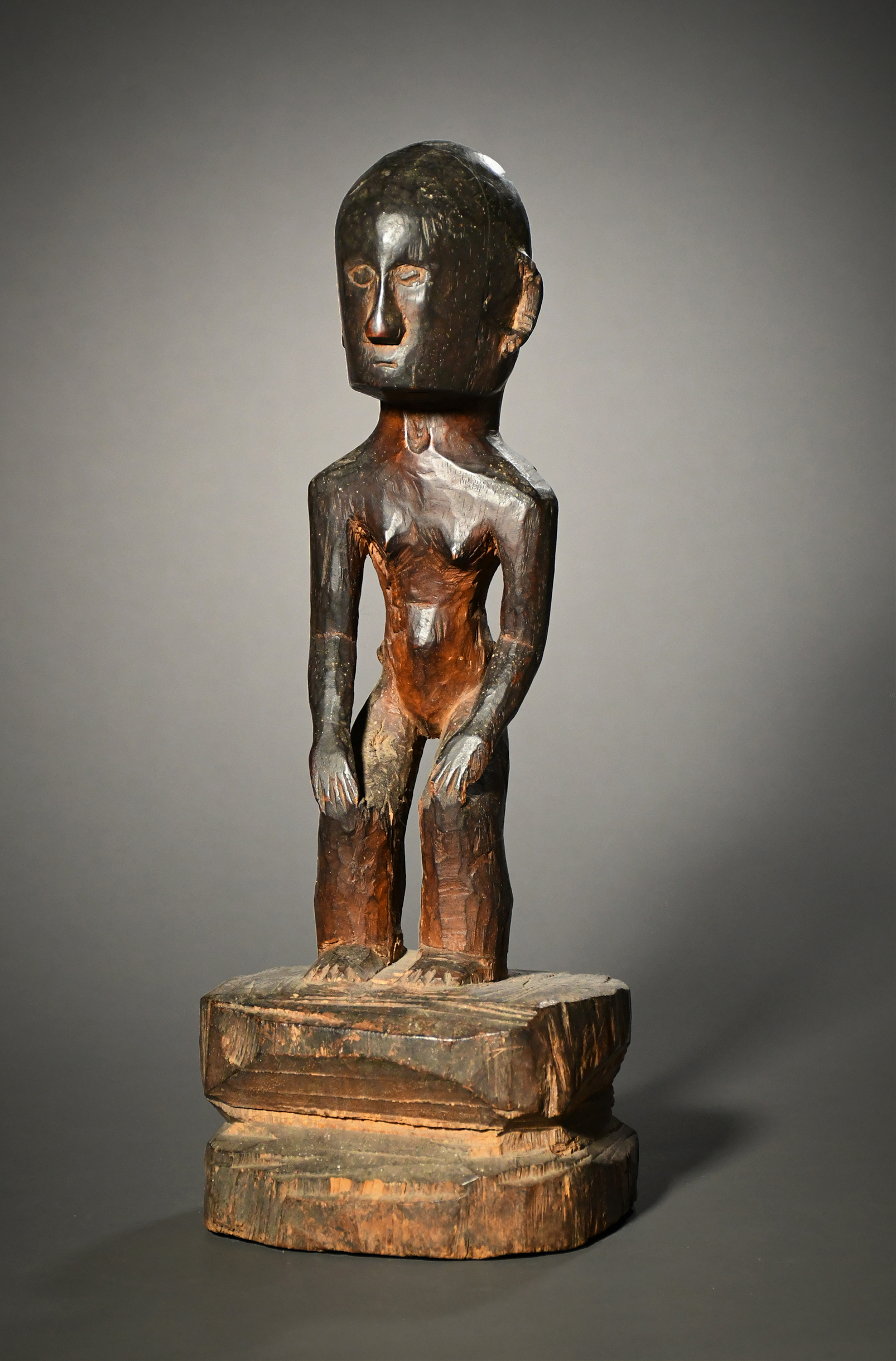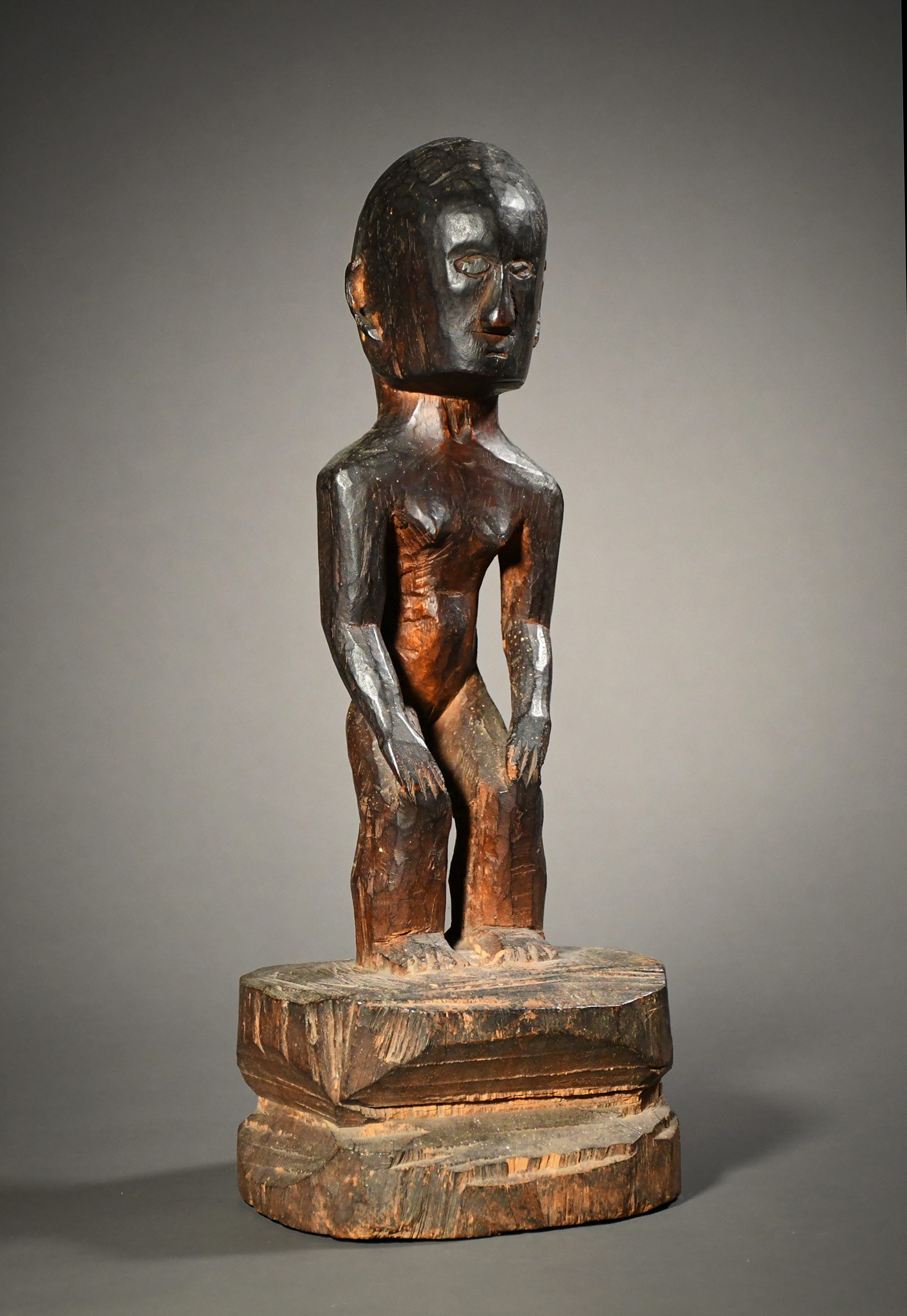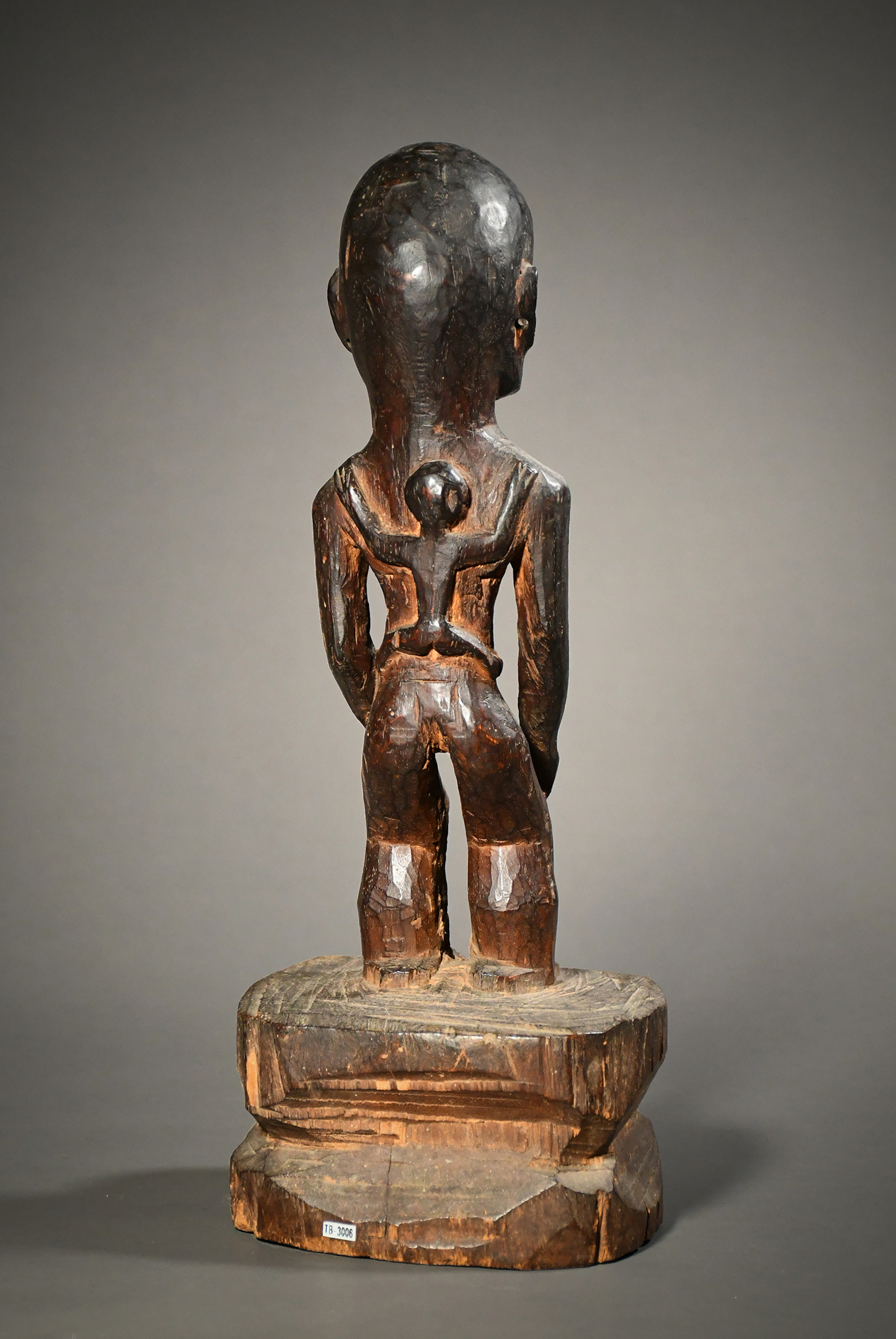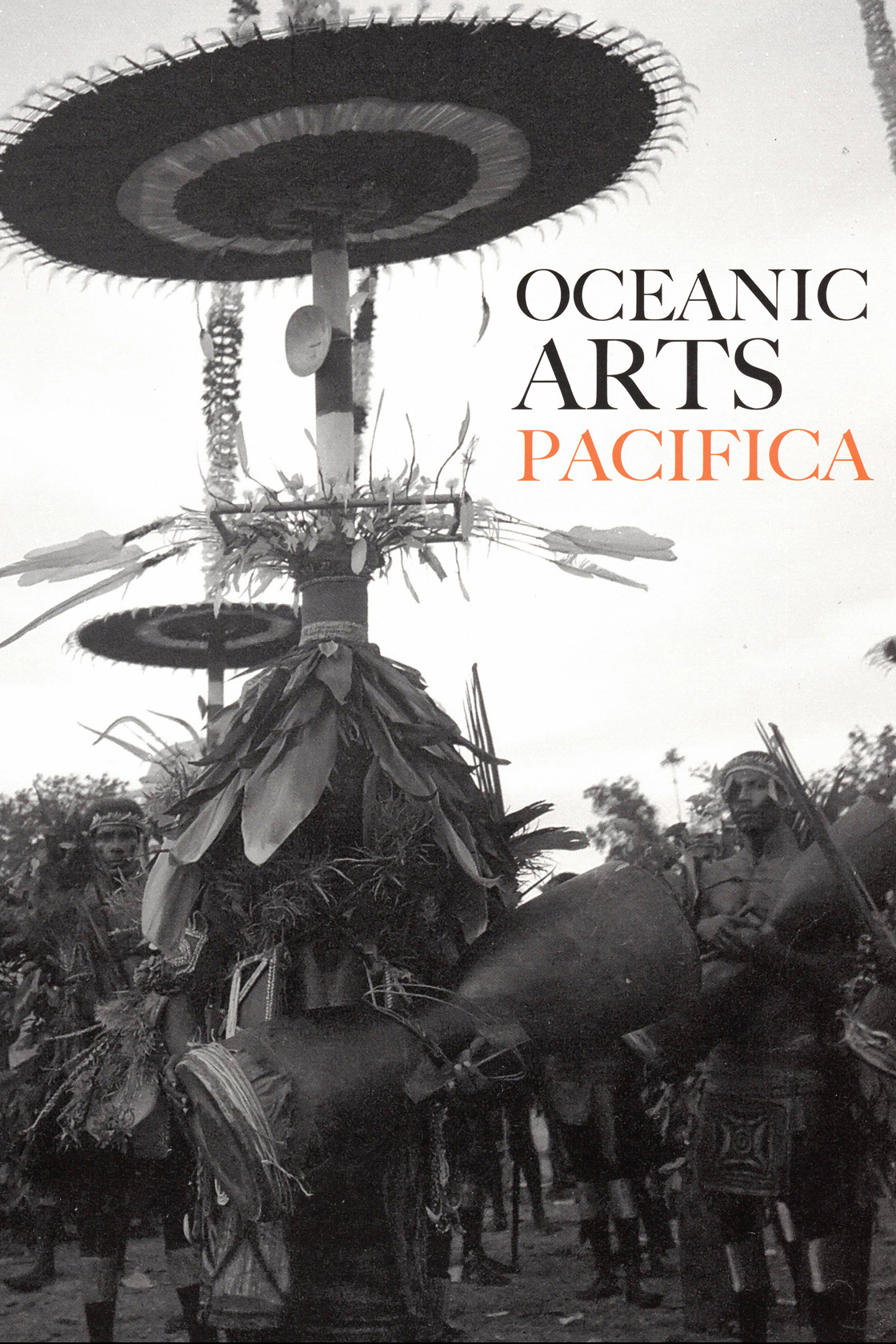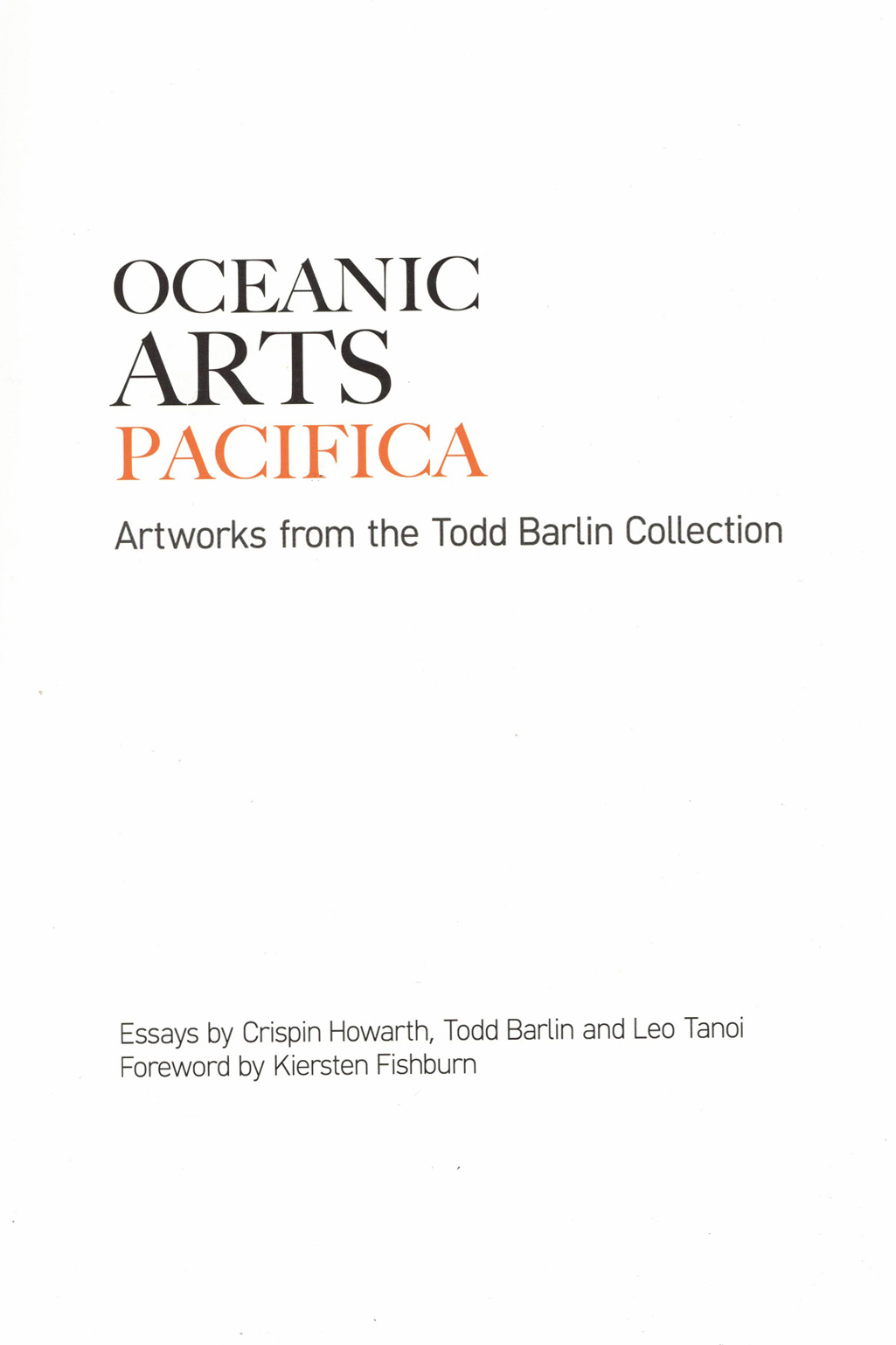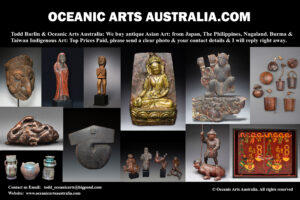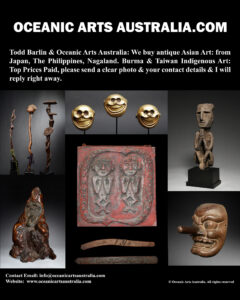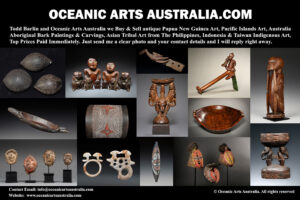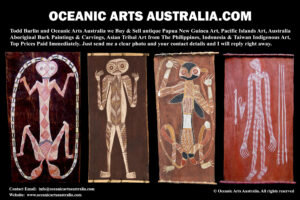A Superb Old Philippines Bulul Figure Hapao-Hungduan Region Luzon Island, Philippines
| Collection No. | TB-3006 |
|---|---|
| Size | Height 37cm |
A Superb Old Philippines Bulul Figure Hapao-Hungduan Region Luzon Island, Philippines
This fine old Bulul Figure was sensitively carved by a master carver, depicting a standing female figure with a child holding onto her back. Carved from a single piece of traditional Nara Wood the figure has an excellent patina consistent with significant age and appropriate ritual use. Regular ceremonies presided over by the village priest were held throughout each stage of the rice production process, leading to regular handling and offerings being made to the statues.
In the book ” Philippines; an Archipelago of Exchange ” the section on Bulul Sculptures is described with the words “serene & austere, powerful and quiet “.
Such figures were carved by the Ifugao as protective figures to be installed in their rice fields and rice granaries to protect the rice crop and harvest from evil spirits. The figures are highly stylised representations of ancestor-associated Rice Gods and were believed to attract the presence and thus power of ancestral rice god spirits.
Bululs were handed down to the first child of a family, usually, they were carved as pairs, one male and one female, but often the two become separated when sold to local or European art collectors.
This Bulul has an important provenance: Acquired from William Beyer in Manila in 1975. William Beyer was the son of Henry Otley Beyer (1883–1966) born in Edgewood, Iowa, and was a graduate of Denver University, where he studied chemistry. In 1905 he arrived in the Philippines and, while working as a teacher, studied the Ifugaos of the Banaue Valley of northern Luzon. In 1908–09 he carried out research in Asia, North Africa, and Europe and undertook graduate studies in anthropology at Harvard University. In 1909 he returned to the Philippines and was appointed ethnologist in the Bureau of Science. He carried out fieldwork among the Ifugaos, Igorots, Apayaos, Kalingas, and other peoples. In 1914 he joined the staff of the University of the Philippines and set up the Department of Anthropology. He became a Professor of Anthropology in 1924 and held the position until his retirement in 1954. He continued to live in the Philippines until his death when his son took over his legacy of collecting & documenting Philippine indigenous art.
Provenance: Acquired from William Beyer in Manila in 1975. The Hugh Gallagher Collection Australia and The Todd Barlin Collection Oceanic & Asian Art
See my new EXHIBITIONS GALLERY showing the Museums and Art Galleries Exhibitions that I provided artworks for over the past 40 years. There is the link to the article about my artworks published in the prestigious Louvre Magazine in 1996
I have artwork for Museums and art Galleries but also for collectors at every stage of their collecting. I want to encourage people to explore the fine art of New Guinea & West Papua and the Pacific Islands and to be able to see and touch the artworks in a relaxed and friendly manner in my Sydney Gallery. I would like to invite you to visit my gallery and see the artworks in person and also look at my website www.oceanicartsaustralia.com where there are many Galleries & Sub Galleries to explore.
My Gallery of nearly 40 years is the last physical gallery in Sydney that specializes in New Guinea and Oceanic Art. Sydney is very close to New Guinea & the Pacific Islands where all of these amazing artworks came from, Australia’s closest neighbors.
To see many more rare items and the finest masterpieces, please make an appointment with us to visit the gallery.
For all inquiries, please contact us

